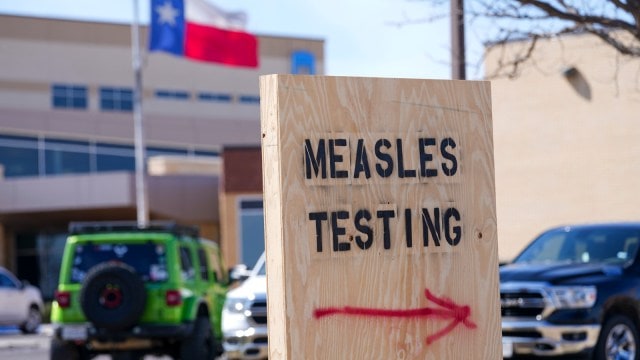
Vaccines are critical tools for the containment and elimination of infectious diseases. They work not merely by protecting individuals, but by reducing community transmission. There have been several global pushes to improve vaccine uptake over the years, but one major coordinated effort occurred in 2021 in response to the Covid pandemic, which saw the most rapid vaccine introduction in history.
Globally, the years with the most vaccine introductions have typically coincided with public health initiatives, funding boosts, or as a response to pandemics. The 1980s and 1990s saw WHO’s Expanded Programme on Immunisation (EPI) with DTP (diphtheria-tetanus-pertussis), polio, measles, BCG (tuberculosis) vaccines and Hepatitis B and Hib vaccines introduced in the late 1990s. The 2000s saw accelerated introductions of Hepatitis B, Haemophilus influenzae type B (Hib), and yellow fever vaccines in low-income countries, marking a shift in global access to routine vaccines. The introduction of new and underused vaccines like pneumococcal conjugate vaccine (PCV), rotavirus vaccine, HPV and Measles-Rubella (MR) vaccine marked the next decade.
The United States is currently experiencing a significant resurgence of measles, with 1,046 confirmed cases as of May 27. This marks a sharp increase from previous years, with the majority of cases occurring among unvaccinated individuals in regions with declining immunisation rates. Measles was officially eliminated from the US in 2000. This implies that new cases occur only when someone contracts measles abroad and returns to the country. A new study from Johns Hopkins points out that the significant drop in childhood vaccination rates is concerning because herd immunity requires at least 95 per cent vaccination coverage.
The MMR vaccine is probably one of the most effective vaccines. A single dose gives 93 per cent protection from infection, and two doses up to 98 per cent. Measles, which can be deadly for unvaccinated children, is highly contagious. Factors like post-pandemic vaccine hesitancy, non-evidence-based fears of the association between the MMR vaccine and autism, and the complacency of populations who may not remember the long-term sequelae of measles infection are behind the dwindling measles vaccination rates in the US.
Measles is often regarded as the “canary in the coalmine” — if cases spread, it is a warning that other disease outbreaks might spring up where there are gaps in vaccination coverage. Its resurgence in the US is a global warning that even advanced health systems are vulnerable without consistent immunisation. Globally, only 83 per cent of children received the first dose of the measles vaccine in 2023; 74 per cent received the second dose. These figures fall short of the 95 per cent coverage needed to prevent outbreaks.
India has made significant strides in its immunisation efforts, particularly under the UIP. India achieved a national immunisation coverage of 93.5 per cent in 2023–24, indicating that the majority of children received all recommended vaccines by the age of two. Since its inception, Mission Indradhanush, focused on areas with low immunisation rates, has completed 12 phases, vaccinating 5.46 crore children and 1.32 crore pregnant women across 554 districts. However, the measles upsurge in the US shows one cannot ignore increasing vaccine hesitancy, particularly since it threatens to throw away the gains made in the containment of infectious diseases. In resource-limited settings, this can lead to healthcare systems being overwhelmed and a general delay in uptake of new vaccines.
Misinformation has contributed significantly to the declining uptake for vaccines. The flu vaccination rates among NHS staff in the UK, for instance, dropped to their lowest in nearly 15 years in 2024-25. So far, India has remained immune to vaccine hesitancy. Previous experience with successful vaccination campaigns and government endorsements have played an important role in creating a positive perception of vaccines. However, we must remain alert and actively consider putting in place a multi-pronged, culturally nuanced plan to address vaccine hesitancy.
The writer is senior scientist, ICMR